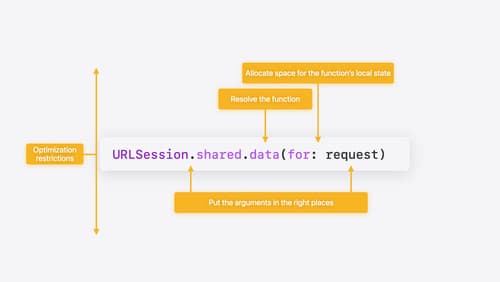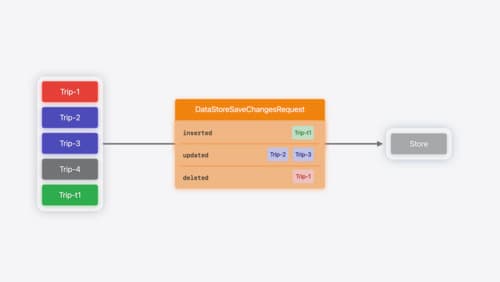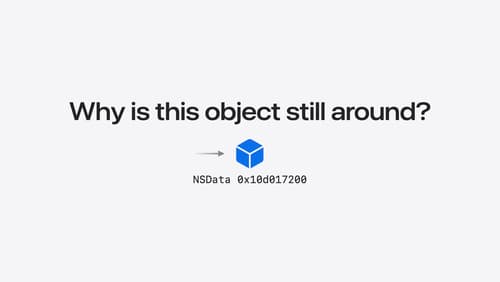CFDictionary vs NSDictionary
Asked on 2025-02-19
1 search
The question about "CFDictionary vs NSDictionary" is not directly addressed in the provided context from the WWDC sessions. However, I can provide some general information about these two types:
-
CFDictionary is part of the Core Foundation framework, which is a C-based API. It provides a way to manage key-value pairs with a focus on performance and low-level memory management. CFDictionary is often used in performance-critical code where the overhead of Objective-C is not desired.
-
NSDictionary is part of the Foundation framework and is an Objective-C class. It provides a more object-oriented approach to managing key-value pairs and integrates well with other Objective-C and Swift code. NSDictionary is typically easier to use in applications that are already using Objective-C or Swift.
If you have specific questions about Swift performance or data structures, the session titled "Explore Swift performance" from WWDC 2024 might be relevant. You can explore topics like memory allocation, memory layout, and value copying in Swift, which could provide insights into how Swift handles data structures like dictionaries. For more details, you can refer to the session chapters:
If you have further questions or need more specific information, feel free to ask!

Explore Swift performance
Discover how Swift balances abstraction and performance. Learn what elements of performance to consider and how the Swift optimizer affects them. Explore the different features of Swift and how they’re implemented to further understand the tradeoffs available that can impact performance.

Create a custom data store with SwiftData
Combine the power of SwiftData’s expressive, declarative modeling API with your own persistence backend. Learn how to build a custom data store and explore how to progressively add persistence features in your app. To get the most out of this session, watch “Meet SwiftData” and “Model your schema with SwiftData” from WWDC23.

Analyze heap memory
Dive into the basis for your app’s dynamic memory: the heap! Explore how to use Instruments and Xcode to measure, analyze, and fix common heap issues. We’ll also cover some techniques and best practices for diagnosing transient growth, persistent growth, and leaks in your app.
